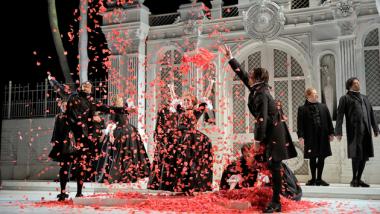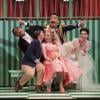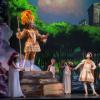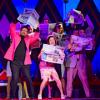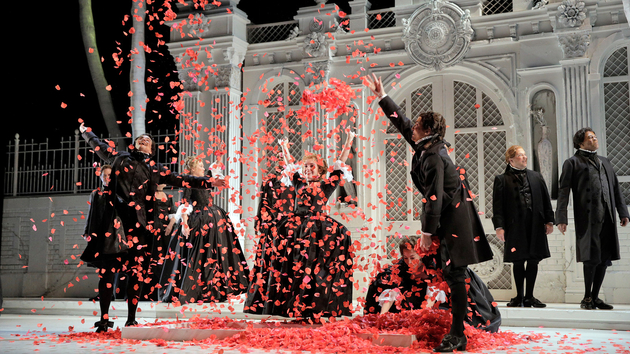
For West Coast opera travelers, Portland is an easily overlooked destination. Portland Opera is not as well-known or well-funded as Seattle’s, San Francisco’s, or Los Angeles’s main houses. The opera’s main venue, the Keller Auditorium, boasts boring architecture and dreadful acoustics. But those who skip Portland when planning their operagoing are missing out.
Recently, the Opera has started staging part of their season in the Newmark Theater, an 880-seat venue that’s perfect for smaller-scale operas. They’ve also broadened their repertoire; the upcoming season includes Kaminsky’s As One, Glass’s In the Penal Colony, and Mozart’s La finta giardiniera. A new performance schedule also means out-of-towners can catch two operas in a single July weekend. Next season, that’s the Glass and Mozart; this season, it was Gluck’s Orfeo ed Euridice and Rossini’s La Cenerentola.
Orfeo ed Euridice received its Portland Opera premiere on July 27, 2018, a mere 256 years after its world premiere in Vienna. The production, by director Chas Rader-Shieber, with sets and costumes by Jacob Climer, hearkened back to the opera’s mid-18th-century origins with panniered skirts and stately dances. A stark color palate of black and white with accents of red (for the underworld and Euridice) and gold (for the character Amore) created striking stage pictures. Falling snow in the first scene and Euridice’s emergence from the tomb in a shower of rose petals added to the beauty.
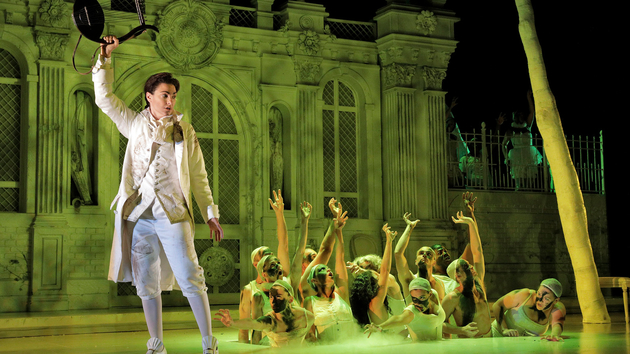
The female-sung part of Orfeo marked a role debut by mezzo Sandra Piques Eddy. She checked all the boxes: lively coloratura, the perfect tessitura for the part, graceful gestures, and convincing despair. She didn’t seem quite settled into the opera’s earlier arias; her sound was sometimes restrained and lacked a wide range of expression. She sang “Che farò senza Euridice?” (What will I do without Euridice?) with ravishing delicacy. Soprano Lindsay Ohse’s bigger, brighter tone as Euridice rang through the house. Helen Huang made a chirpy Amore. Her absurd hairstyle and giant wings injected comedy into Gluck’s drama. As deadly serious as all of this was to Orfeo and Euridice, to Amore it was an amusing game.
The Portland Opera Orchestra isn’t a period ensemble, and they didn’t try to sound like one. Their presence was thicker and less crunchy in texture than I prefer for this repertoire. Under Nicholas Fox’s baton, they delivered able support for the singers and an elegant ballet. Fox also served as chorus master, and the Portland Opera Chorus showed their range by varying sweet lyricism (as mourners and the dead) with ragged sounds (as angry spirits).
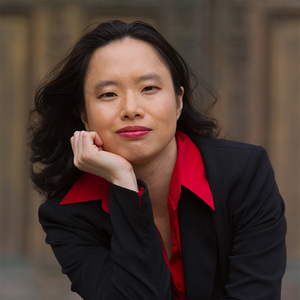
The orchestra is better suited to Rossini, and the following night’s La Cenerentola (Cinderella) was a treat. Conductor Carolyn Kuan experimented with strong dynamic contrasts, providing playfully sudden fortissimo moments in the overture and a manically energetic storm. The instrumentalists showed great precision in their timing, but less in intonation, with a few sour notes at climactic moments.
The production, directed by Portland Opera Artistic Director Christopher Mattaliano, was pure farce. Unbelievable catfighting, everyone-freeze-and-sing ensembles, and copious drinking were all in evidence. The aesthetic was historically-inspired Disney. The characters wore over-the-top 1830s gowns and headpieces in pastel tones (for the ladies) and classic blue jackets with gold trim (for the prince). Angelina’s ballgown was pale blue with sparkles, surely a reference to Cinderella’s gown in the Disney movies. (The stepsisters’ ballgowns — pink and green — also matched the Disney color scheme.) The men’s chorus, immaculate in red jackets and black cravats, danced through every scene with balletic leaps, heel clicks, and a conga line. It was all very charming and very fluffy.
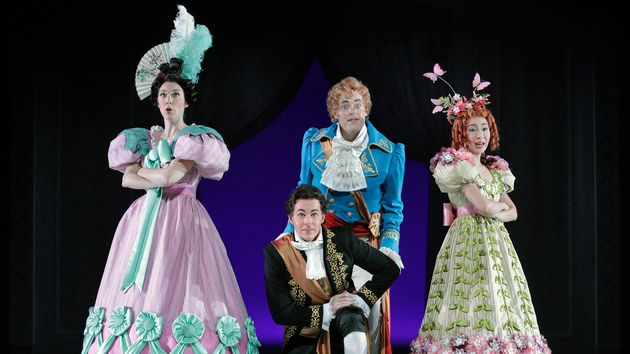
Fortunately, the cast was engaging enough to sell a show with little substance. Eduardo Chama deployed his dry sound, elastic face, and uncanny ability to sing out of the side of his mouth to great effect as the buffoonish Don Magnifico. Helen Huang and Laura Beckel Thoreson made a delightfully silly and clear-voiced pair of evil sisters. Ryan Thorn had fun with Dandini, making his impersonation of the prince an absurd fop. Even in the more staid role of the tutor Alidoro, Daniel Mobbs showed off exaggerated facial expressions and evident glee in his disguises as beggar and judge. Vocally, he strained at the top, but his warm, crackling low notes carried “Là del ciel nell'arcano profondo” (Up in heaven, in the mysterious reaches of paradise).
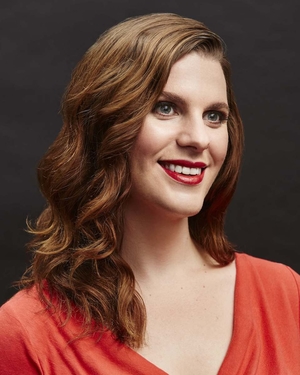
Kate Farrar, a member of Portland Opera’s young artists program, sang the title role. She kept up with the part’s demands of dizzying coloratura, particularly in her celebratory final aria. Her vocal control also impressed: in a hilarious moment, she suddenly went quiet, mid-temper-tantrum, when she realized that the prince was watching her. There was some roughness in her bits of the ensembles and at the upper reaches of her coloratura passages.
Alasdair Kent’s Don Ramiro married striking good looks with delicious sound. Even on the highest notes, there was never a hint of shouting, just a reedy tone with warm sweetness and impressive agility. Farrar and Kent flirted well with each other on stage; I was rooting for them from their first meeting.
All in all, it was a weekend of opera well worth the trip. I’m looking forward to repeating the adventure for next year’s more daring offerings.

